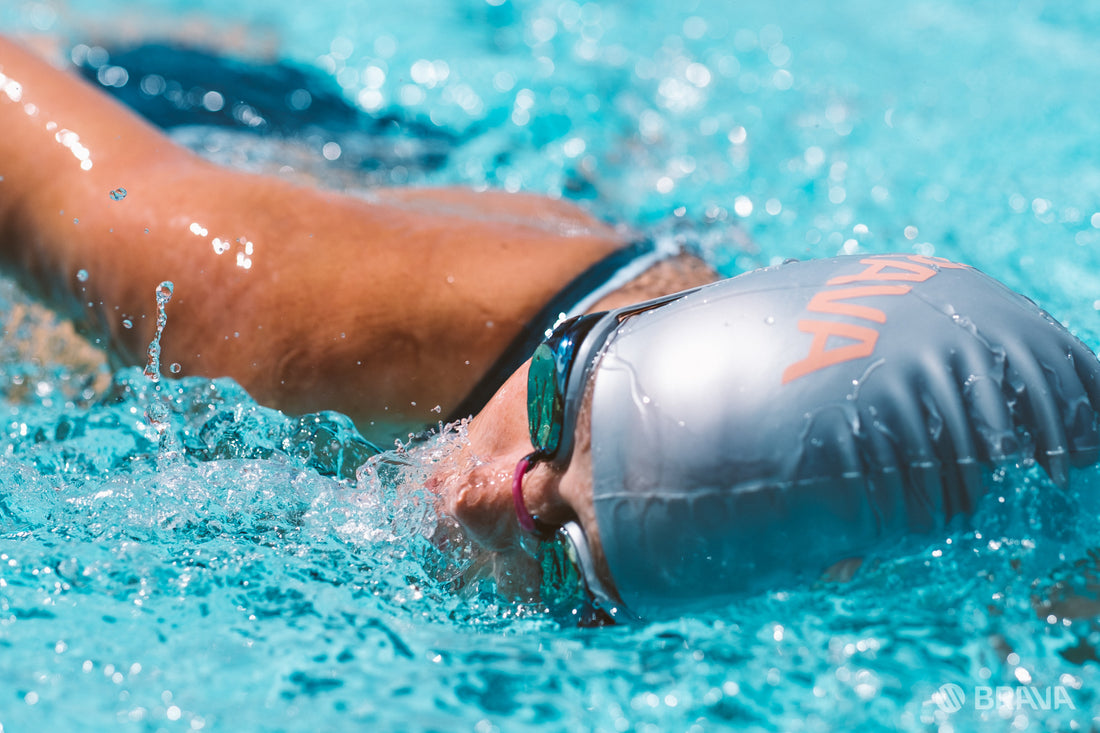In our last blog, we discussed the importance of technique. We will now look at the development of aerobic and muscular capacity (re: fitness), the second key to swim performance.
There is no secret, you need to train to develop your cardiovascular and swim-specific muscular efficiency, and this takes hours in the pool. Three swim sessions per week are usually recommended in order to benefit from an efficient progression. Balancing your trainings between technique, endurance and intensity is also key factor for success.
Your goal is to become like a diesel engine, capable of maintaining a steady pace over a long distance. Developing the capacity to do so can be achieved by training at specific intensities.
To determine these intensities or paces, we use Critical Swim Speed (CSS). Your CSS is the 100-meter pace that you can maintain over a distance of 1500 meters. Your CSS is a race-specific pace that is tough enough to challenge you and a very effective type of training for distances over 400 meters. If you don’t have any reference on this distance, it is possible to determine your CSS using a specific test.
TESTING YOUR CSS
To test your current CSS pace you need to swim a 400 and 200 time trial within the same session (see test workout below). Simply time yourself and record your 400m and 200m times.
CSS TEST WORKOUT
- Warm Up 300 easy freestyle as 200 fins as 50 choice drill, 50 freestyle
- 4 x 50 freestyle (25 fast + 25 easy) +10 seconds rest
- 4 x 100 freestyle (20 seconds rests). Do these 100’s at what you perceive to be the AVERAGE pace that you can sustain for a 400 Time Trial.
- Main Set: 400 time trial
Take 5 to 8 minutes easy swimming/stretching. Feel fully recovered, then:
- 200 time trial
- Warm down 100 easy choice of stroke
Afterwards, enter your 400 and 200 times into this CSS CALCULATOR to obtain your CSS pace.
Contrary to what many triathletes might think, it is not with repetitions of sprints or intervals faster than your CSS that you will improve your swimming. It is through structured and progressive CSS trainings, where the most effective work is done during the back half of the session, working with and respecting your CSS threshold pace. This will help you develop you swim specific aerobic and muscular capacity and allow you to measure progress throughout the season.
Bart Rolet
Swim Smooth Montreal
www.swimsmoothmontreal.com




